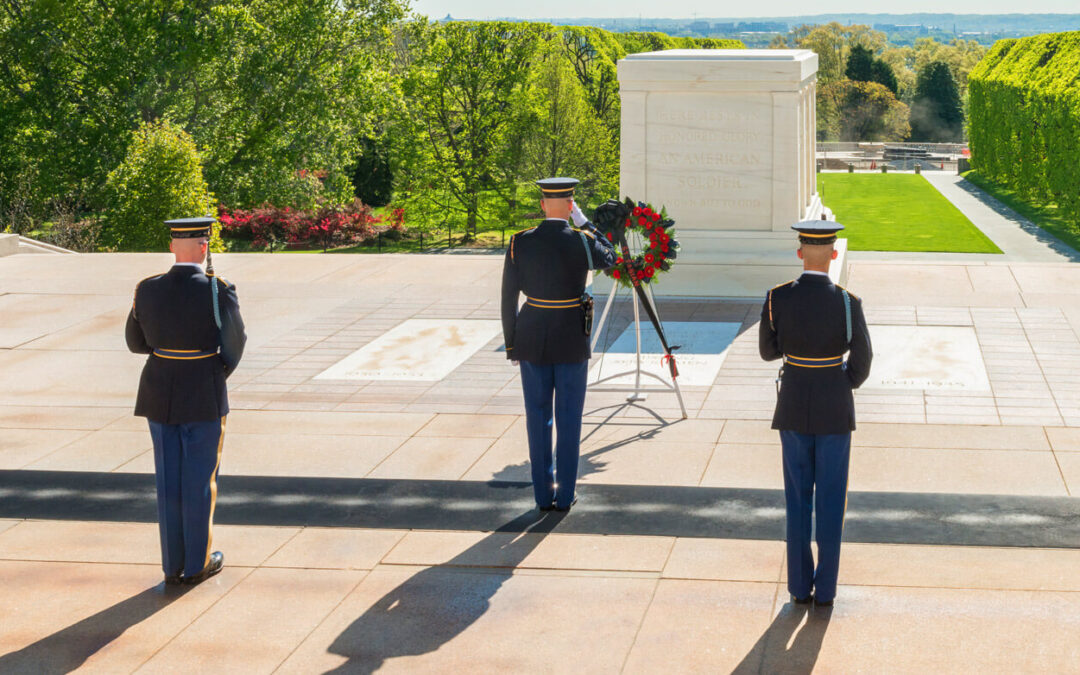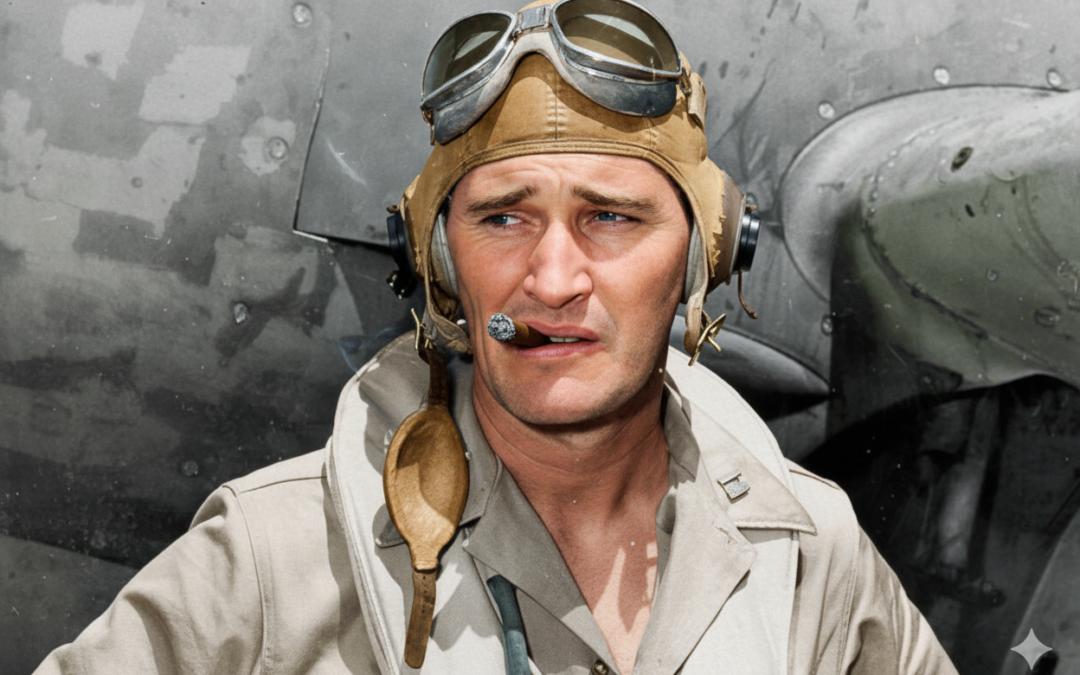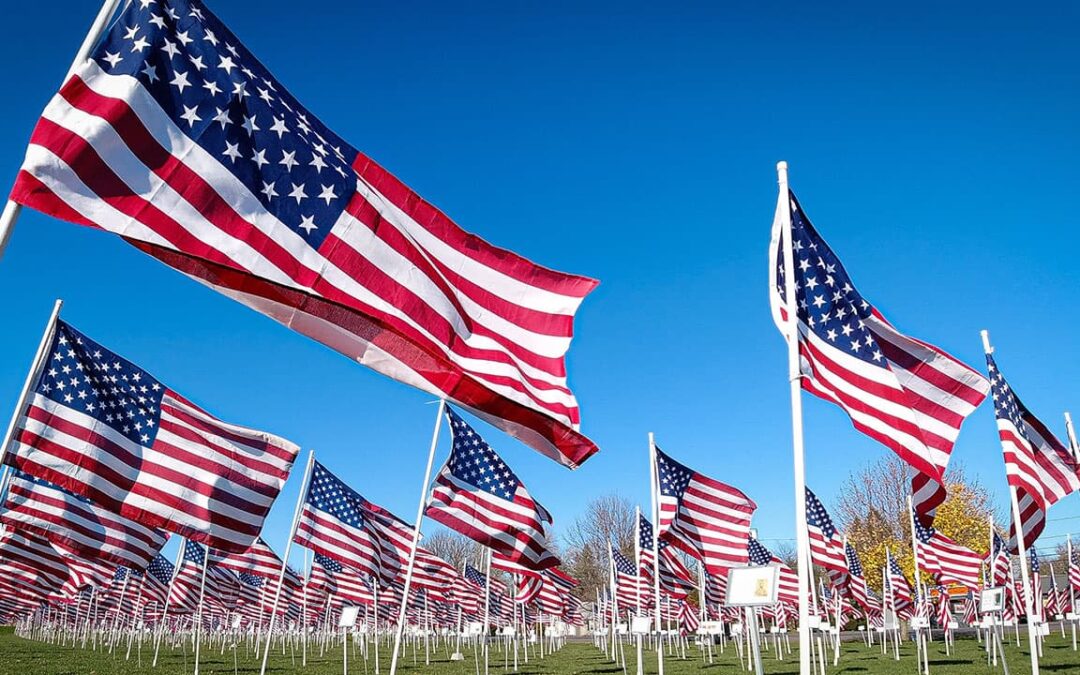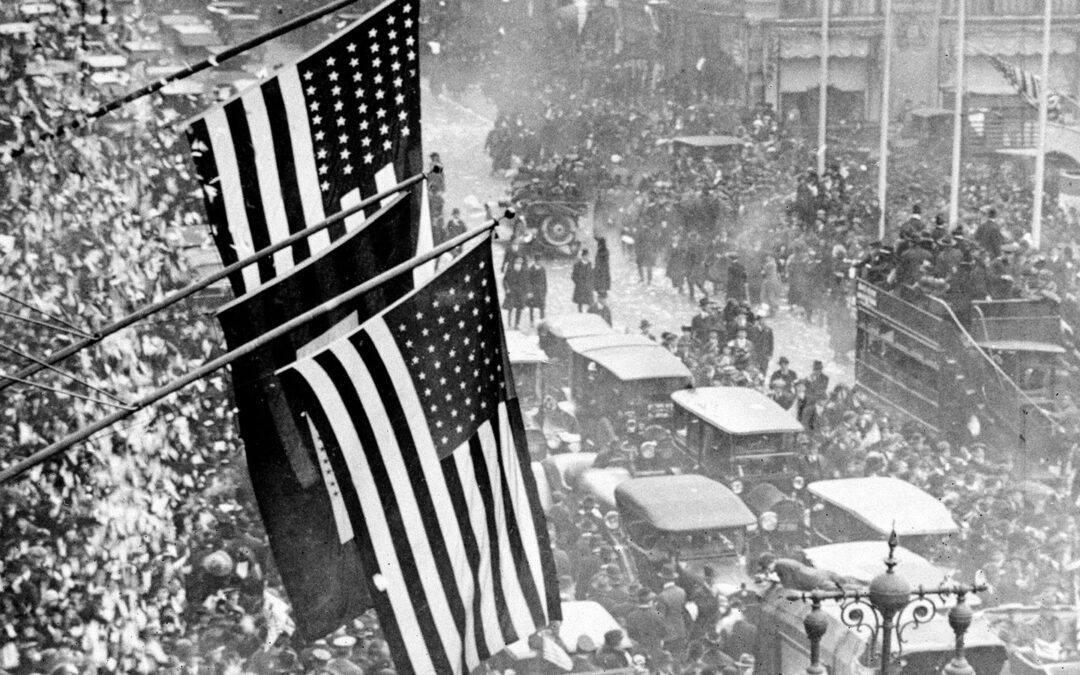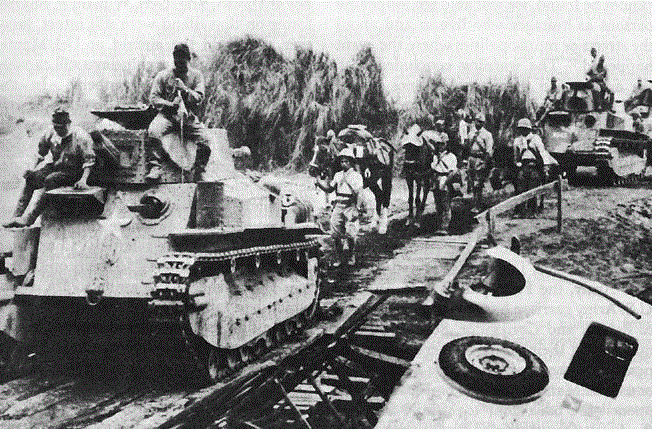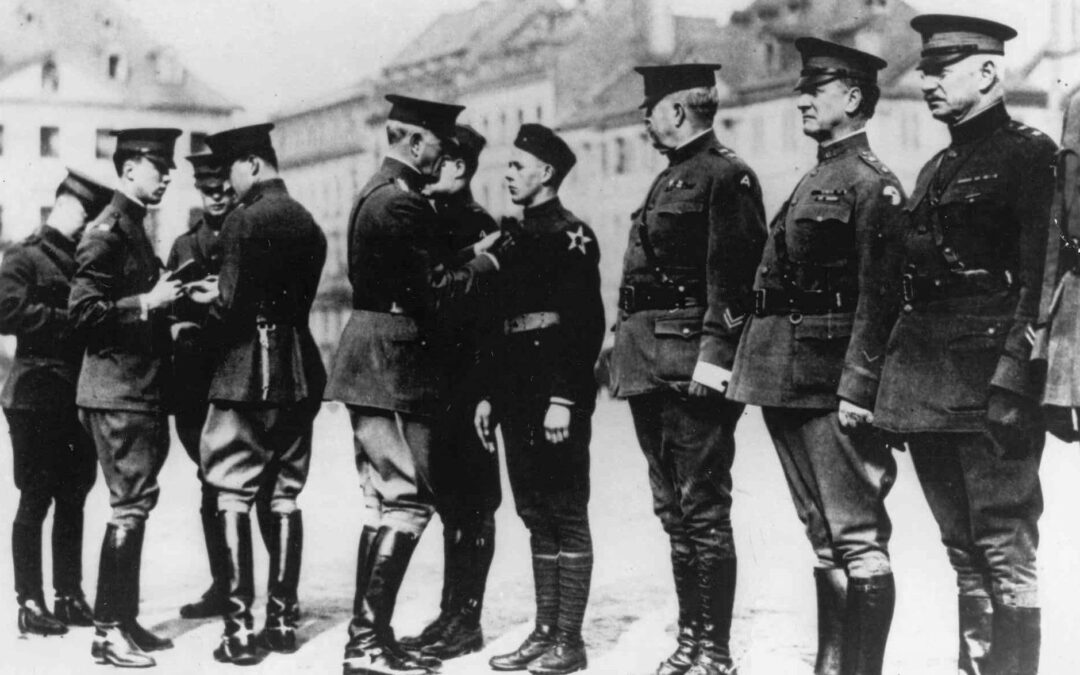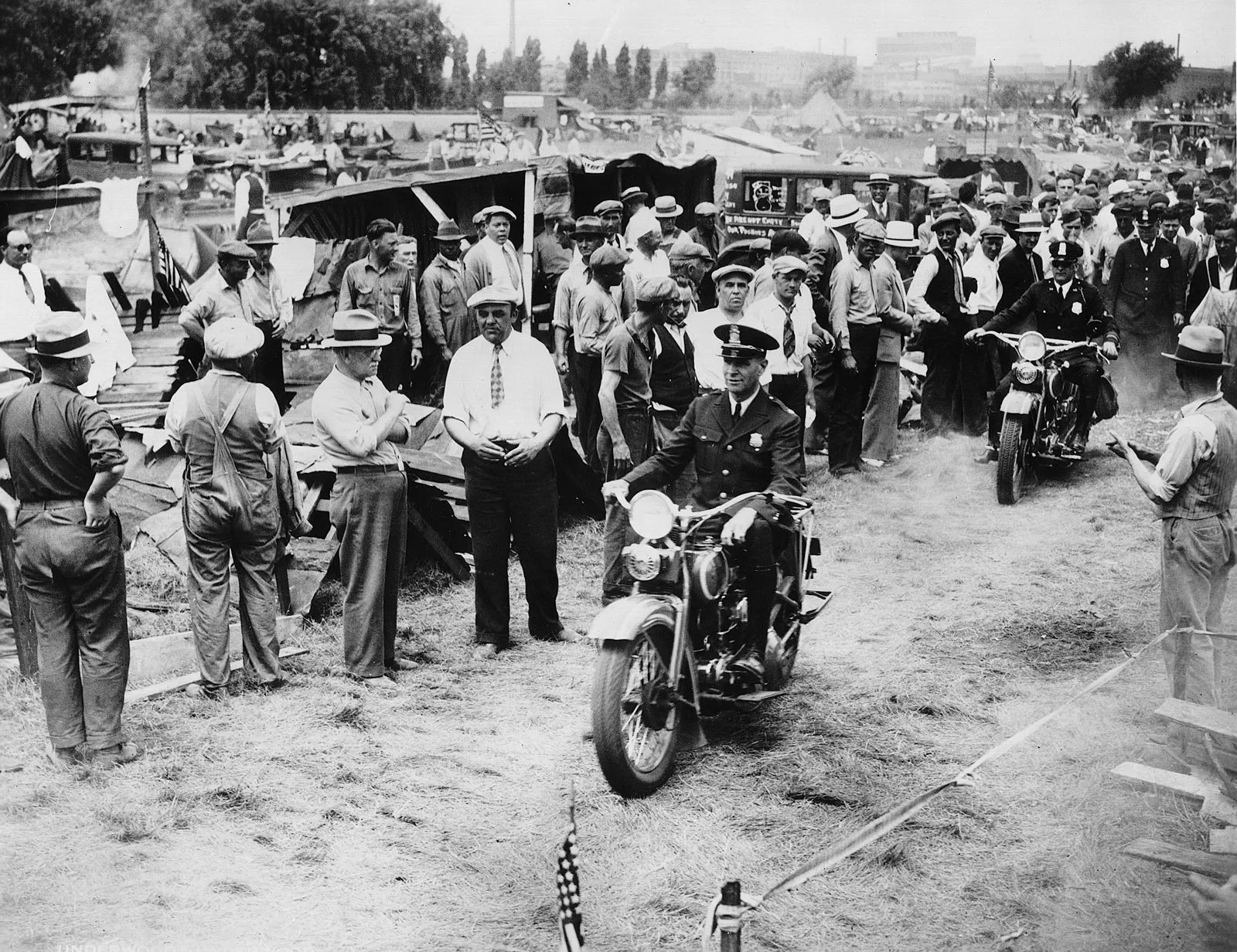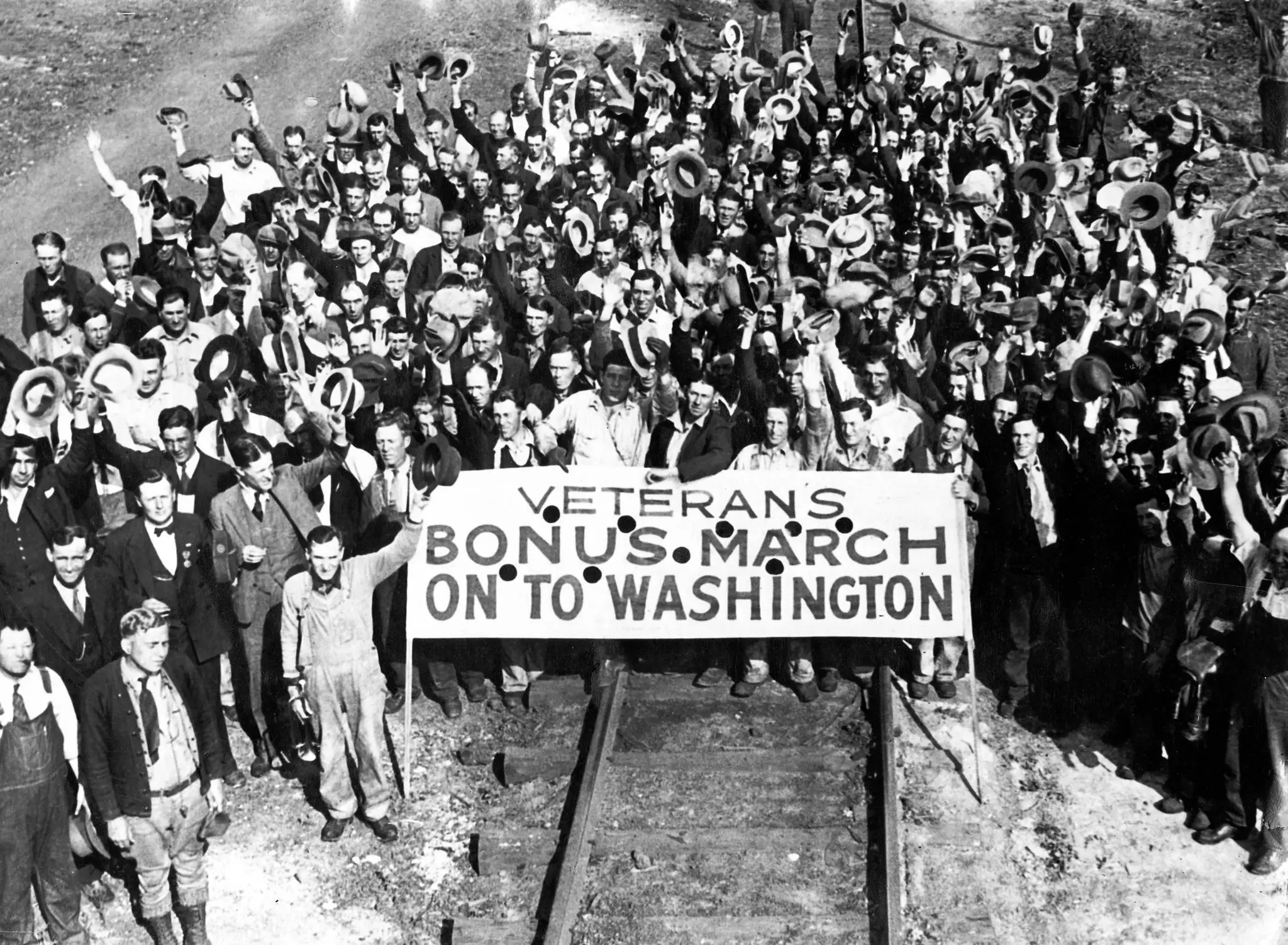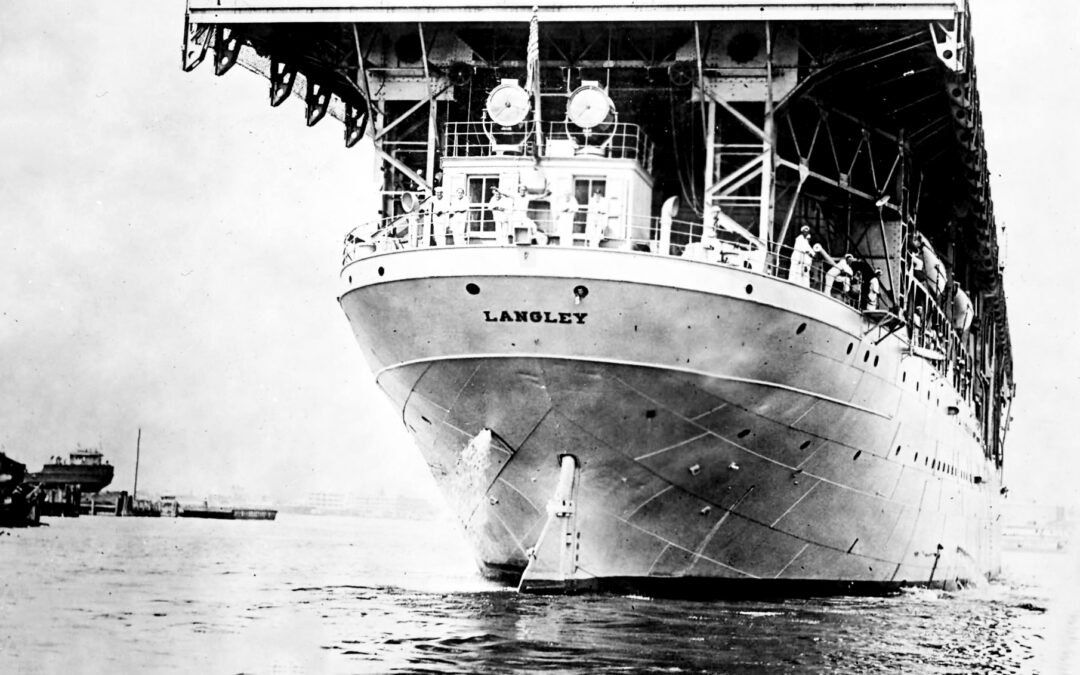On Oct. 3, 1921, the protected cruiser USS Olympia put to sea for a final assignment. She left with a reputation already carved into naval history and with orders that carried more weight than any broadside. Her destination was Le Havre, France. Her charge was a single coffin bearing the United States' Unknown Soldier of World War I. USS Olympia Prepares for a Historic Voyage Olympia had been a headline from the day she touched water. Launched in 1895, she was the largest ship yet built...
